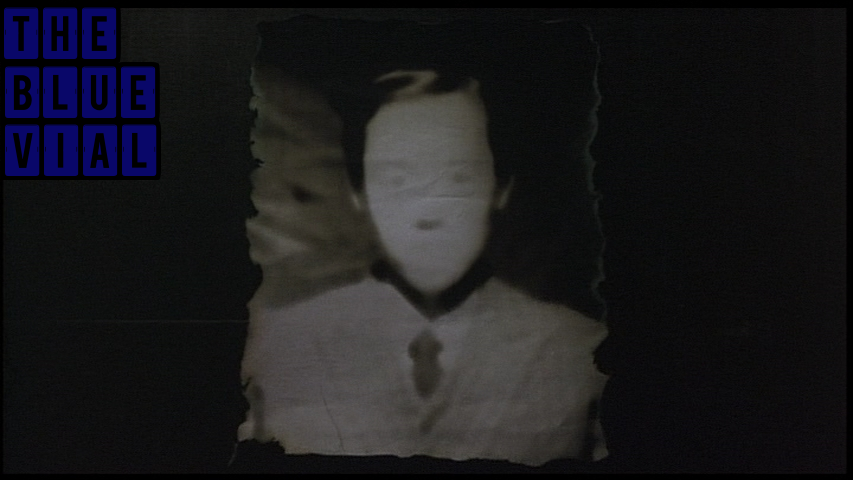It's only little more than a month into 2013, and though there's still a lot of time to go in the year it'd surprise me if I came across many films better than Hugo Fregonese's brilliant Civil War western The Raid. Released in 1954, it came a few years after what is probably Fregonese's other best known western today, the very fine Apache Drums (1951), notable for being the last film produced by Val Lewton before his untimely death. Going back one year even further to the director's previous film Saddle Tramp (1950) gives an indication, in an early sequence, of what may have caught Lewton's eye.
Joel McCrea plays the drifting title character en route to visiting an old friend who, as it turns out, has lost a wife and gained a few sons in the years since McCrea has last seen him. That night McCrea and the boys fall asleep by the lantern light while his old friend rides a horse off into a raging storm. McCrea awakens and traces the missing man's path, arriving at a slain body splayed in a ditch. Not a terribly unique premise in and of itself, but the manner in which it is filmed - as a repeated series of mysterious actions captured at a remove, with acute attention paid to the unstable atmosphere and a strong sense menace lurking just beyond the frame - is particularly oneiric for a fifties western, and is absolutely in line with the brand of suggestive horror Lewton's name is normally associated with.
For better or worse, the promises inherent in that unusually moody setup are never allowed fruition, and so develops what is basically a gentle story about a drifter suddenly saddled with responsibility in the form of abandoned children, albeit a gentle story occasionally splashed with the unusually surreal or violent touch. (One scene where the children beat a defenseless man repeatedly in the head with shovels over a lighthearted musical theme is a prime, merged example of both.) In the midst of McCrea's attempts at negotiating his freewheeling ways with his newfound position helming a family unit, peripheral characters and storylines crop up on both sides threatening to make the movie their own (conflicts over stolen cattle, the hunt for a runaway.) But, similar to The Raid, the narrative of Saddle Tramp - grounded by Fregonese's sturdy visual touch and clear-headed sense of spatial arrangement (very reminiscent of Boetticher) - is essentially a straight line movement towards an all-in commitment, rippled with ambivalence and nudged in all directions but resolutely staying on course.




















